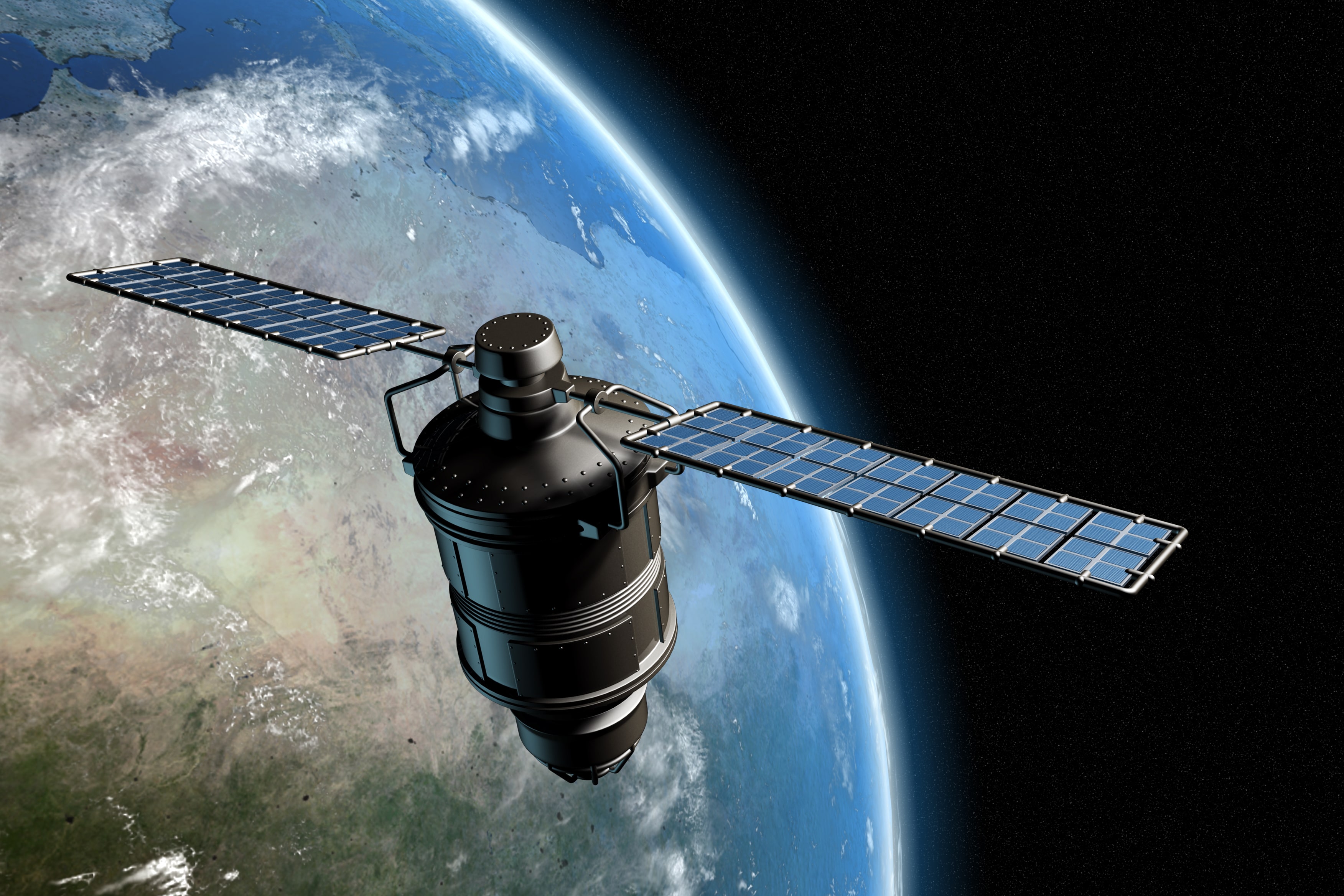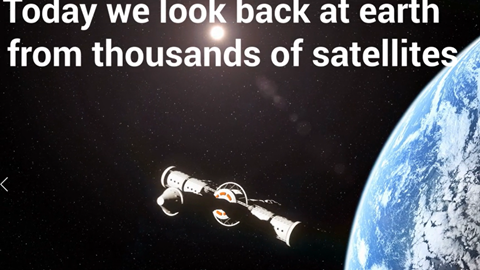
Remote sensing – Satellite-based services
Mapping and analyses
Earth observation data from satellites is becoming more and more relevant as a source of information for decision-makers because sensor technology is improving, algorithms/machine learning are being further refined and, not least, because data is far more accessible than before. This includes, among others, Sentinel data from the European Copernicus programme.
NIRAS has built up great expertise and experience in providing solutions from both free and high-resolution commercial satellites. It can be simple solutions with registration in images, or more complex solutions that include image analysis, machine learning and the inclusion of many other data sources.
Examples of application areas:
- Topographic mapping (e.g. in developing countries and the Arctic)
- Forest monitoring
- Mapping of floods
- Designation of building changes
- Classification of invasive plant species
- Promotion of financial inclusion
Case: Satellite data supports financial inclusion in developing countries
At NIRAS, we attach great importance to the world goals for sustainable development, and the use of satellite data can contribute in many ways to monitoring and promoting development.
The most obvious area is the climate. Promoting financial inclusion is also an important part of achieving several of the world's sustainable development goals.
Financial inclusion is described as the goal of securing equal rights and access to financial services. In order to achieve the goal, it is necessary to ensure that the services reach rural and poor areas.
Previous research has shown that it is not only the physical distance to services that indicates whether the services are used, but also social distance.
NIRAS, in collaboration with Oxford Policy Management and the Mastercard Foundation, has completed a project and developed a decision-support tool targeted at developing countries where there is very little basic data available.
By analysing radar and spectral satellite images and combining them with open data on e.g. roads, buildings and health clinics, it is possible to make estimates about income, housing types, population density and the like. All of these are essential data in the decision-making process on financial inclusion in developing countries.
It can, for example, be a tool to help local banks to identify areas that are poorly serviced relative to population density, informing their plans to provide a branch or money agent at a maximum distance of ½ hour's walk for local inhabitants.

Get in touch
